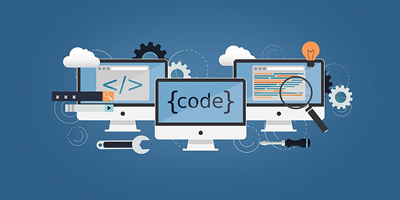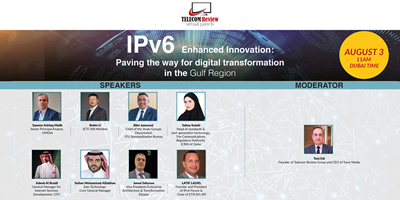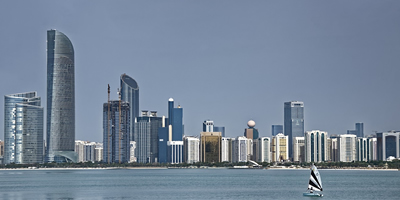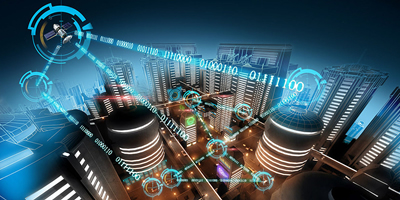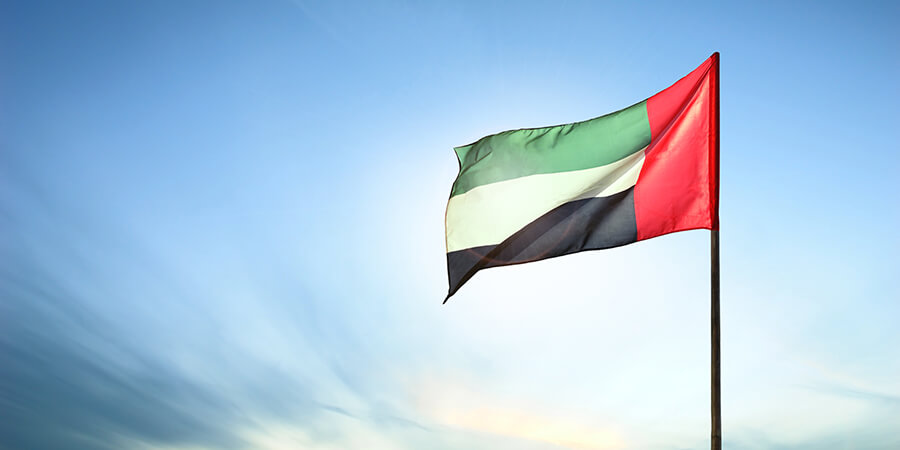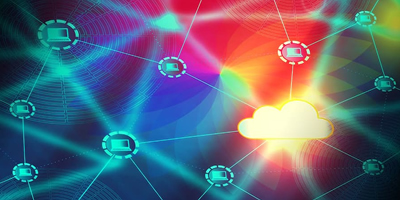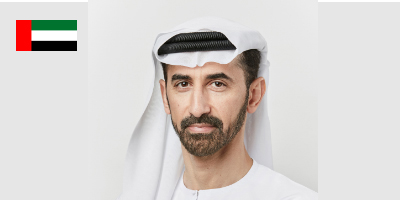When we talk about developing software, this usually consists of a number of steps and stages such as design, development, testing, and deployment that result in the creation of operational software. Think about developing a robust 5G network infrastructure; it runs with the same analogy.

Reports and Coverage
Internet sovereignty: Quest for a secure connectivity?
To say that the internet has become the lifeline of the 21st century would be an understatement. From running industrial and government networks to enabling content consumption and remote education and work, the need for connectivity has become a determinant factor in the global digital economy.
KSA to launch $15 billion fund to boost fourth industrial revolution
Saudi Arabia plans to launch a $15 billion technology fund to advance the digital infrastructure in the kingdom. The public-private partnership was announced by Haytham AlOhali, vice minister of the Ministry of Communications & Information Technology (MCIT) at a conference held in Riyadh, according to state news reports.
Register now to join the 2nd Middle East IPv6+ webinar
The 2nd Middle East IPv6+ Webinar is a top IP industry event organized by Telecom Review under Trace Media and that will be held on August 3 at 11 am (Dubai time). This high-end communication platform for the Middle East Region’s IP industry aims to promote development, sharing of rich experience, and consensus in jointly building a sustainable IPv6+ ecosystem.
Abu Dhabi proven to have one of the fastest 5G networks in the world
United Arab Emirates (UAE) capital Abu Dhabi has ranked among the fastest capitals globally in the 5G network index with the fastest median download speeds (421.26Mbps) in the first half of 2021. The ranking was provided by the latest data from Ookla®, a global leader in fixed broadband and mobile network testing applications, data and analysis.
Redefining the capabilities of PoE with fibre
By Piers Benjamin, EMEA In Building Networks (IBN) marketing manager, Corning Optical Communications.
Saudi ICT infrastructure market set for growth by 2030
Saudi Arabia’s ICT infrastructure market is forecasted to grow at a compound annual growth rate (CAGR) of 9.01% until 2030, remarkably hitting $1.5 billion in 2020.
UAE ranks 1st on mobile, top 20 in fixed broadband speeds globally
According to the latest data from Ookla, the UAE has ranked first in terms of mobile speed at 193.51 Mbps, and among the top 20 countries globally in the fixed broadband index. The fastest average download speed of 180 Mbps was recorded in May 2021.
The rise of cloud communications
Zoom calls, Skype meetings, webinars, and online forums — these have been very common since the break out of the COVID-19 pandemic. Face-to-face communication drastically shifted to virtual as individuals got stuck at home and adapt to the new normal.
H.E. Majed Sultan Al Mesmar appointed as TDRA Director-General
The president of the United Arab Emirates, His Highness Sheikh Khalifa bin Zayed Al Nahyan, issued a federal decree appointing His Excellency Majed Sultan Al Mesmar as the new director-general of the Telecommunications and Digital Government Regulatory Authority (TDRA).



